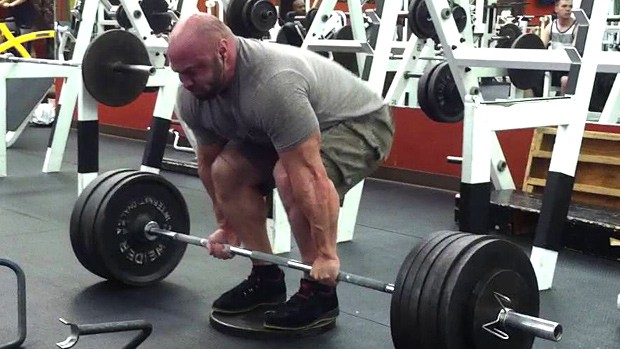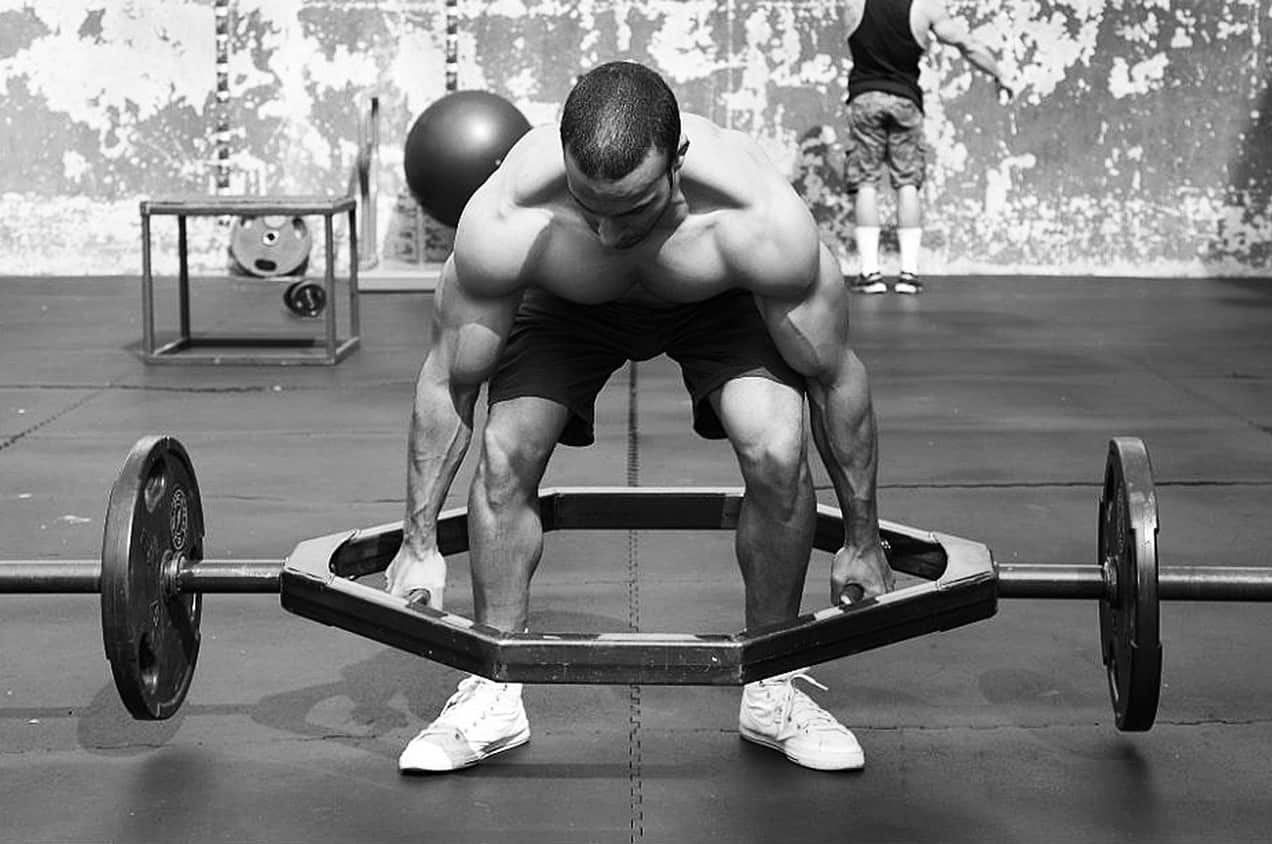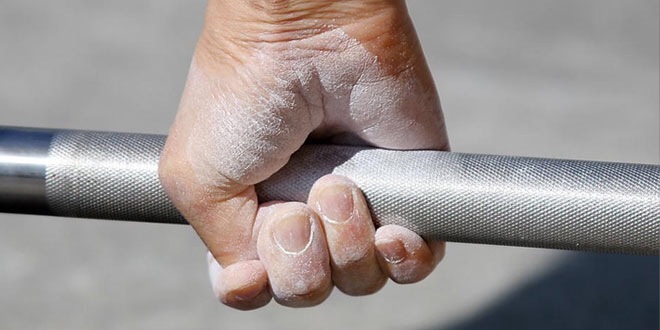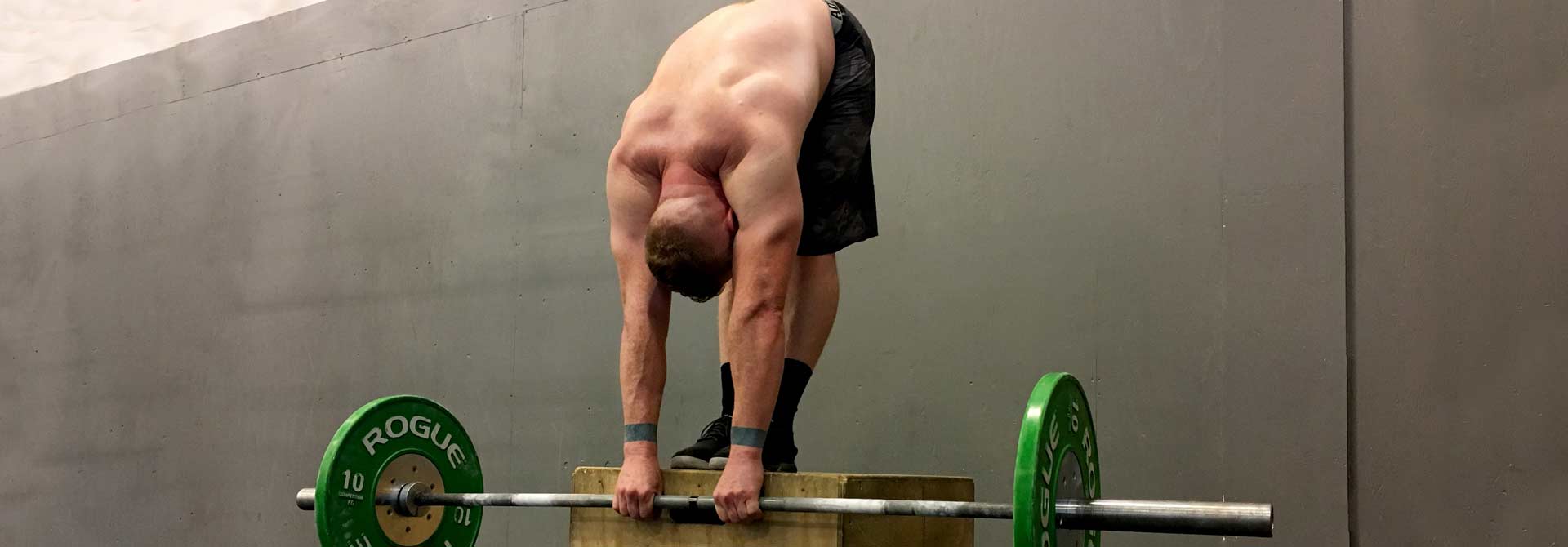The deadlift is the king of exercises for most raw lifters, in the sense that if you don’t pay your dues and bow before the “king”, your total is going to suffer greatly. However, more so than squats or bench presses, I’d argue that deadlifts take the most out of any lifter, especially when performed at a higher volume. While I find that a strong squat has a lot of carryover into the deadlift (and vice versa) once you begin to get consistent with both, there are plenty of great accessory exercises for deadlifts that you should rely on to help build a better and stronger deadlift, address weaknesses, and prevent injuries. Some of the common weak points in the deadlift include:
- Poor bracing. More than just having a strong core, it’s important to cue your torso properly to avoid spinal flexion. The point of bracing is to stiffen the muscles around the core enough to keep the spine straight and safe while the rest of your muscles work to execute and complete the lift. Good bracing can buy your hips time to finish a lift without lower back rounding (upper back rounding is a different issue).
- Weak grip. Obviously, a weak grip means you cannot deadlift. Even grip styles that don’t necessarily require strong forearms (like the hook grip) can fail if you’re abysmally weak. You might not necessarily need a lot of direct grip work unless you find that you often miss PRs due to your grip.
- Weak back. A weak upper back can cost you to fail at lockout. Keeping your upper back tight throughout the lift will require a little extra range of motion versus maintaining thoracic rounding, but it is far safer, and you stay stiff all the way through, making the lockout easier. Both require a strong back.
- Weak hips. The deadlift is a hip hinge. Weak hips can cause something else (grip, core, back) to fail as you struggle to finish a lift. The stronger your hips are, the faster you finish the lift.
- Weak quads. Most people don’t actually fail a deadlift because of weak quads, especially in the conventional stance (where your quads are at their strongest in the starting position of the deadlift, and the hips have to do far more work), although weak quads are one reason why the bar might be stuck to the floor (especially in the sumo stance).
Learn to Wedge and Don’t Squat Your
Deadlift
Two things I see many beginners struggle with when deadlifting both originate in a poor setup. Like the squat and bench press, a good setup is crucial. When deadlifting, you absolutely need to make sure that your hips are set at the right height, and that you’re pulling tension into your entire body.
When I say tension, I specifically mean through
the arms, shoulders, back, erectors, hamstrings, quads, and feet. From the bar
to where your feet touch the ground, everything should be primed and stretched
and loaded, and rearing to pull. You should be able to generate just enough
tension to get the slack out of the bar before actually starting the pull.
For your hips, you can find your own ideal hip height (it differs based on limb and torso length, as well as pulling stance) by reviewing your videos and watching where your hips tend to drift the moment you pull a heavy weight, or alternatively, by lowering into a starting position from full extension (pull the bar off a rack and go down with the bar, until it reaches the floor, and remember where you naturally position yourself). A couple of other tips for hip height involve foot position (bar above the midfoot), shin position (lightly touching the bar just before you pull), and shoulder position (just slightly over and in front of the bar).
When wedging your deadlift, it helps to pull tension throughout the entire body and try to think of getting your hips further into and under the bar, without actually moving them vertically (find your ideal hip height, and then physically wedge yourself closer to and under the bar, so you can pull it off the floor more easily). Again, this is mostly to train yourself to get properly tense before you pull, so everything is as loaded as possible. I’d argue the act of wedging is even more important when pulling sumo.
Once you begin to get comfortable with this
setup, it’s important to get it down in a few seconds. The faster you get into
the position to start your pull, the more energy you can use for the pull
itself. Practicing tension and wedging throughout your deadlifts and accessory exercises
for the deadlift will help immensely.
Deadlift Variation Accessories

These movements are simple deadlift variations that are ideal for making the lift harder in a way that helps you address a weak point in your general lift. Most of these can easily be used to supplement or even replace regular deadlifts for a few training cycles, up until your last few cycles before a competition.
- Deficit deadlifts. The easiest way to make deadlifts harder and teach yourself to initiate the floor with a push through the floor is the deficit deadlift. Deficit deadlifts are deadlifts with a platform under your feet, requiring you to stoop lower to grab the bar. I personally use a 5” deficit.
- Romanian deadlifts. My personal favorite way to work on posterior chain strength and use the deadlift as a hypertrophy exercise is the Romanian deadlift. Romanian deadlifts follow the principle of time-under-tension, with each set being performed in a single lift (no resetting between reps). Romanian deadlifts take the quads out of the equation and require far more hip engagement. Focus on bringing your hips back at the bottom of the pull, keeping your knees slightly bent, and avoiding a reset at the bottom (don’t let the bar touch the floor).
- Paused deadlifts. Paused deadlifts pause at the hardest point of the lift (just below the knees) for a moment, before finishing the lift. They’re a good way to work on your bracing on lighter weight and focus on separating the push (with the quads) from the pull (extending through the hips), so you can work both portions before turning them into a fluid motion.
- Snatch-grip deadlifts. An alternative way to increase the range of motion in the deadlift and make it significantly harder, especially on the upper back and erectors, is through a snatch-grip deadlift. This is a normal deadlift, but with your hands far apart near the collars of the barbell. You can make this exercise even harder with Romanian rules or a deficit.
- Banded deadlifts. Deadlifts are a rare exercise in the sense that you’re not actually at your strongest in the lockout. You’re typically at your strongest just above the knees, but your hips produce far less force the closer you get to full extension (standing up straight), often making the lockout quite difficult. You can further train to lock out explosively with banded or chained deadlifts, which make the lift much heavier as you extend.
- The other deadlift. If you’re a sumo puller, you can benefit from training the conventional stance, and vice versa. Even Ed Coan thinks lifters should train both ways, not only to find what works best for them (he preferred a hybrid approach), but to reap the strength and hypertrophy benefits of both lifts.
Overload Deadlift Accessories
The deadlift is a terrifying lift to PR
with. While the bench press and squat needs to be unracked and lowered before
you perform the concentric portion of the lift, the deadlift requires you to go
deep within yourself and pull off the floor a weight you have never lifted
before, knowing full well it could simply remain glued to the floor. One way to
overcome this worry is by preparing yourself for a mentally challenging PR with
some overloading exercises. These include:
- Block pulls. Block pulls are, for all intents and purposes, deadlifts with the weights a little higher up than they usually would be. You still need to pull the slack out of the bar, and you need to get tense. Try not to use your quads too much when doing block pulls. Emulate the position your body would have if the bar were to be at that point in the lift, rather than hitching it.
- Rack pulls below the knee. This is very similar to a block pull, but because the bar is resting on a rack, there is no slack. Rack pulls are generally easier, and you can overload a little more in these. The idea is to feel what a huge PR would feel like at lockout.
- Trap bar deadlifts. You can deadlift more with a trap bar than with a regular barbell because the bar isn’t in the way of your knees and shins, letting you press off the floor much more easily. This lets you use your quads more than you otherwise would. It’s a good alternative deadlift if you don’t care about powerlifting, as well.
Targeted Deadlift Accessories
A lot of muscles are involved in the deadlift. Your body works hard to hold onto the bar, get it off the floor, get you to fully extend, and keep your spine and shoulders where they should be. As a result, getting stronger in every part of the lift – particularly the muscles involved in a hip hinge – is important. Below are my personal picks for smaller accessory exercises for deadlifts:
- Ham curls. The simplest and best hamstring isolation in gyms where you don’t have the option to do a reverse hyperextension or use a glute-ham machine. I prefer to do these unilaterally, one leg at a time.
- Reverse hyperextensions. You can do these in a machine or on any high bench or table. You can even do them at home. Use bands or dumbbells to make them harder. The idea here is to work the hamstrings and glutes. One of the best accessory exercises for the deadlifts when you need work on the posterior chain.
- Front squats. If you struggle with unintentional upper back rounding, one of the most effective deadlift accessory exercises is the front squat. Yes, the front squat. The front squat requires you to maintain thoracic extension, especially in heavy weight, or else you cannot complete the lift. If you struggle to maintain an upright torso even with low weight, you may be limited in your ankle mobility. Give squat shoes a try.
- Good mornings. For both squats and deadlifts, good mornings give you a great bang-for-your-buck as an excellent accessory exercise. You can use them to warm up for either lift, or an accessory exercise to focus on erector strength. Do them banded, or with weight, with a regular barbell, or with a safety squat bar. You can even do them with plates or awkward objects while at home. Doing them seated also provides you with a great hamstring stretch, and lets you isolate the erectors.
- Hatfield back raises. A strange exercise, but one that you can get a lot of mileage out of if you have trouble keeping your upper back extended throughout the deadlift or front squat. This accessory exercise starts with you lying on over a bench, so your abs and hips make contact with the bench while your chest, head, and arms hang over one side, and your knees are touching the floor on the other. Pick a light plate or start with no weight at all, and just stretch and contract the mid-back.
- Deadlift rows. These are heavy Yates rows pulled off the floor, resetting after every rep. You set up as you would for the deadlift, initiate an aggressive pull, and finish it as a row. Don’t get too upright, these should still look a little reminiscent of a stricter row like a Pendlay. One of the most fun accessory exercises for deadlifts, in my opinion.
- Heavy carries. One way to train your core specifically for the deadlift is with heavy carries, unilateral as well as bilateral. I don’t usually do direct core work, and I think any core work that requires spinal flexion is generally a bad idea, but stability exercises like planks and carries are phenomenal for further improving core strength.
This list isn’t the end-all-be-all of
effective accessory exercises for deadlifts. The deadlift is a tough movement,
and while I’m a big believer in relatively low deadlift frequency, but heavy
accessorizing, I think it’s also very easy to pick way too many accessory
exercises for deadlifts or just lose the forest for the trees.
Identify what’s hardest for you in the deadlift (bracing, tension in the lats, pushing from the bottom, setup issues, weak lockout) and adjust your competition deadlifts accordingly, and then pick accessory exercises for deadlifts that help address your weaknesses. If you’ve got any other go-to deadlift accessory exercises that you rely on, let me know down below in the comments. And if you need help with accessories for the bench press or squat, try these out.





